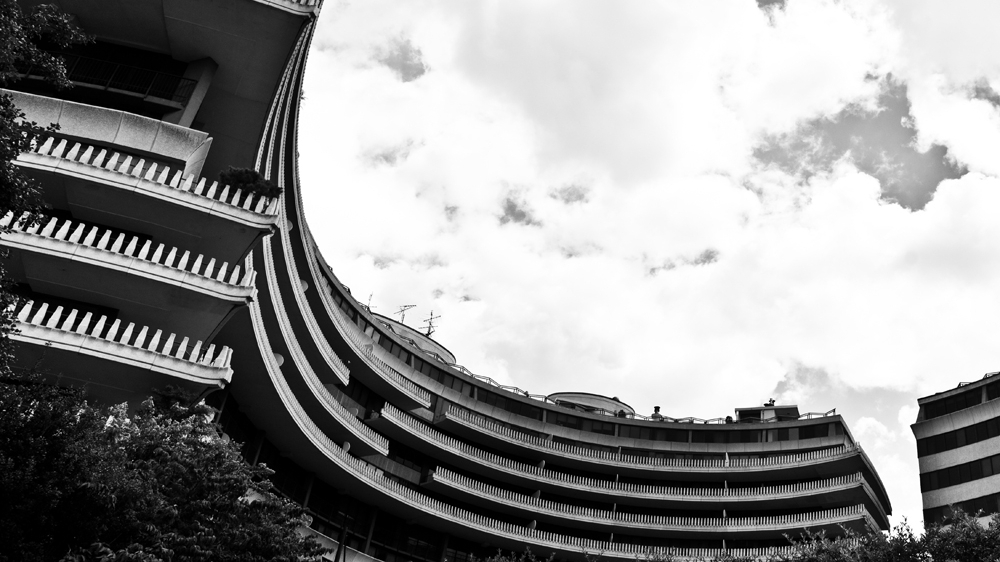I’ll begin with a traditional Butte, Montana, greeting: “How yuz doin’?” I enjoyed the article “Butte, America” in the April issue.
To the uninformed eye, Butte may look as if it has one foot in the grave, but if you hang around awhile you’ll find it is very much alive, with a people quite comfortable with their past.
Butte was begun, defined, and sustained by mining. Few human efforts can claim a history any richer than mining in the Western United States, and having been an important part of this scene, Butte has had its share of heroes and villains. In this town, where nobody is a stranger, it takes little prompting to be regaled with a tale of the “old days.”
If one were to suggest that the city seems to be dying, I would reply, “You should have been here when.…” For those of us who were in Butte to witness the end of the Anaconda Copper Mining Company, the city is far from death’s door and making a remarkable recovery. The current economy is soundly based on several industries, including tourism and, yes, mining.

